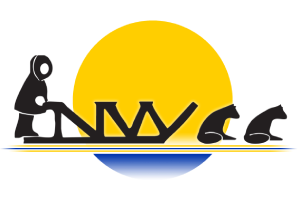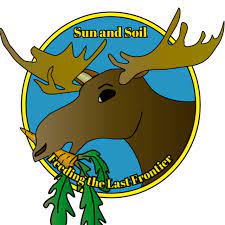News and announcements

Submitted by Dr. Jacqueline Hrabok, Joint Faculty Professor of HLRM-CES
Summer/Fall 2025 marked an adventure packed season of academic offerings for high
school and adult students of the Bering Strait region seeking college credits and
workshop experiences in natural resources and food production. Full funding was awarded
to every participant courtesy of local and government (USDA NIFA) entities which covered
tuition, airfare, accommodations, meals, and teaching equipment and supplies. Courses
were developed and delivered by faculty and staff from Northwest Campus High Latitude
Range Management program (HLRM) and Cooperative Extension (CES) with additional support
from partners at Alaska Gold & Resort (AKAU) and the Norton Sound Health Corporation
(NSHC LIITFIK).
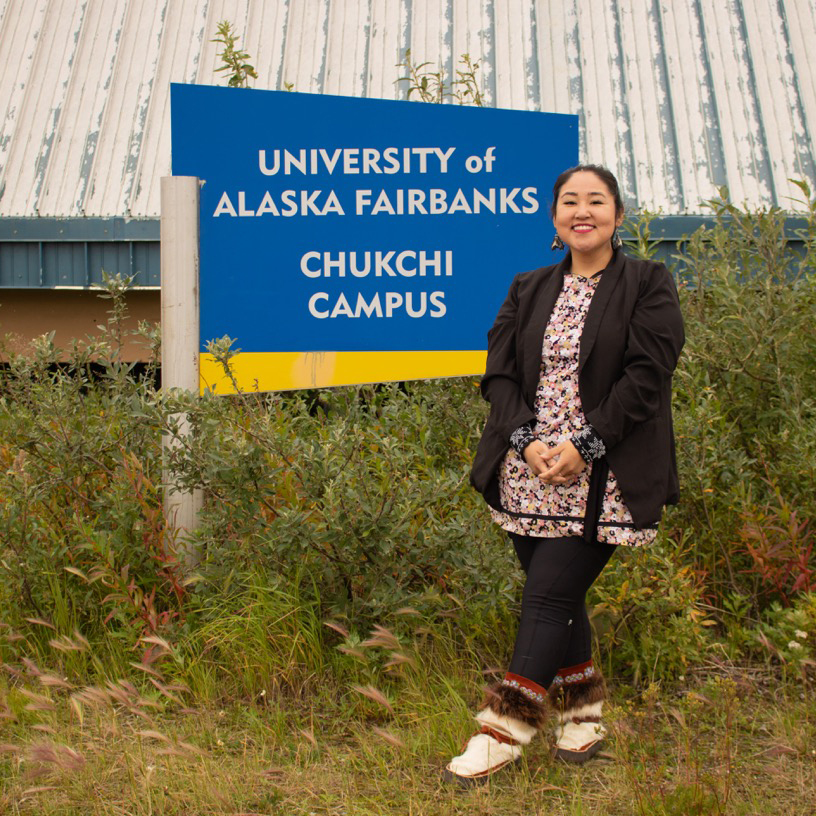
Suzi Tanski
907.474.6092
Aug. 28, 2024
Minnie Naylor has taken on the role of interim director of the UAF Northwest Campus, while continuing her leadership as director of the UAF Chukchi Campus, a position she has held since Aug. 1, 2022. Naylor is originally from Kotzebue and
has family from Shishmaref and Noatak. Naylor’s deep passion for expanding educational
opportunities in the Northwest Arctic region, combined with her broad experience in
academic and administrative roles, makes her an exceptional choice for this dual responsibility.
Her work has consistently demonstrated a profound commitment to student success and
equal access to resources, embodying the values we strive to uphold across all our
campuses.
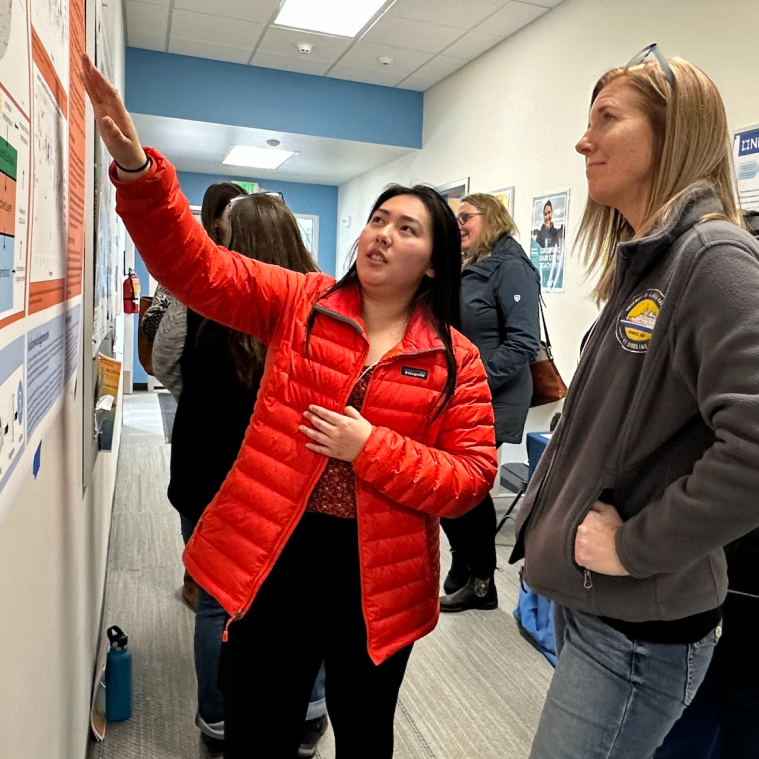
The 16th Western Alaska Interdisciplinary Science Conference was held in Nome this month, hosted by Alaska Sea Grant and the University of Alaska Fairbanks Northwest Campus. The four-day conference brought together more than 130 scientists, specialists and community members to focus on the theme “Western Alaska in transition.”
"As the ocean and climate of Western Alaska continues to warm, the impacts are like dominos, one falling into the next,” explained Gay Sheffield, Alaska Sea Grant Marine Advisory Program agent for the Bering Strait region and co-chair of the conference. “WAISC is an opportunity to bring people and researchers from many disciplines to share their expertise and learn together as Western Alaska continues to comprehensively transition into a new future.”
Every year, WAISC provides a forum for bringing urban and rural Alaskans together to a regional hub community to share knowledge and science across disciplinary and cultural boundaries.
“For institutional experts to meet and learn from local and Indigenous experts is critical for informed decisions to be made regarding ballooning development and effects on the Bering Strait region of Alaska,” said Barb Amarok, the director of UAF Northwest Campus.
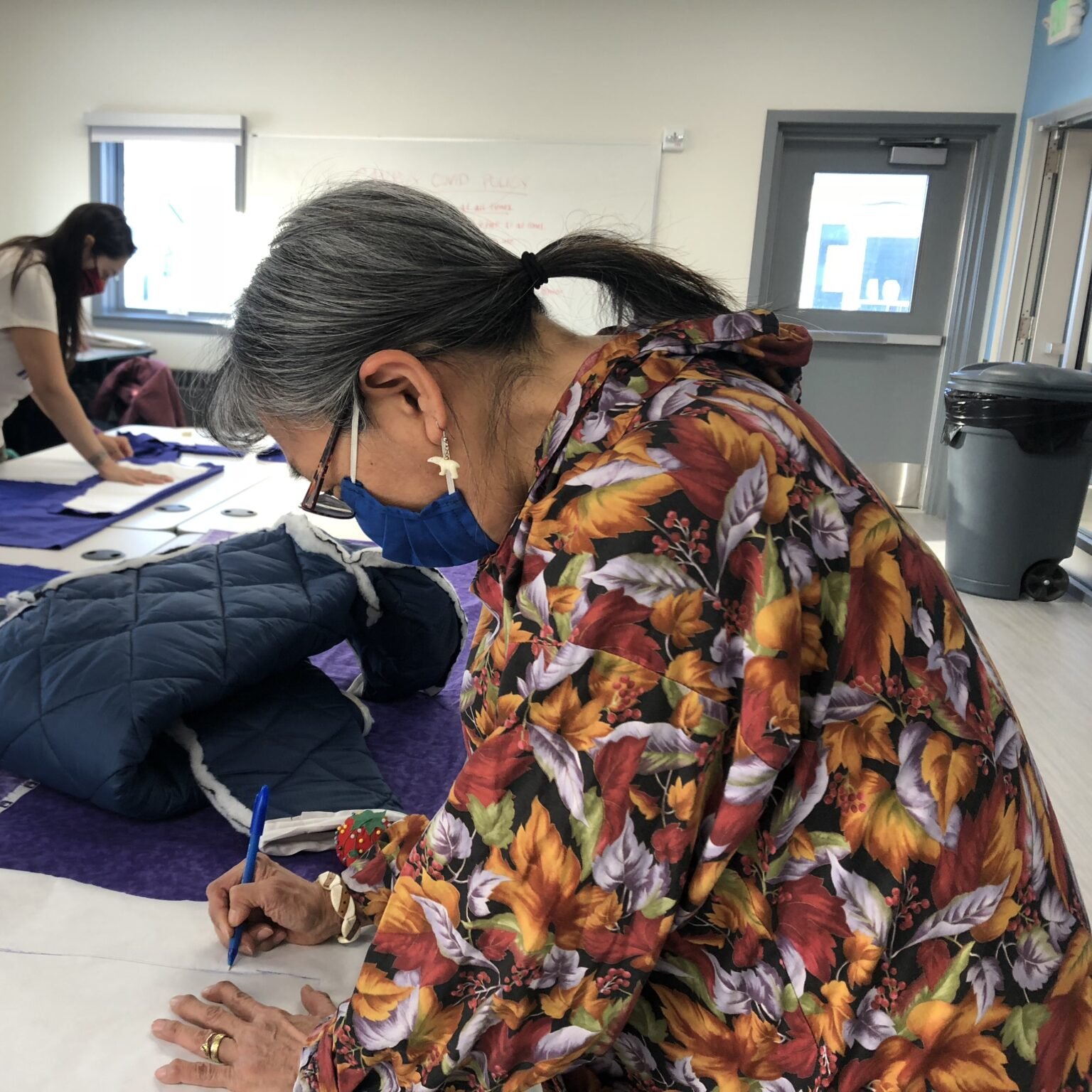
By Ava White
While all University of Alaska (UA) institutions offer unique traditional Alaska Native
courses on languages and arts, the University of Alaska Fairbanks’ (UAF) Northwest Campus (NWC) offers an atigi, or a traditional King Island parka making
course.
Among the three UA colleges, UAF, University of Alaska Southeast (UAS), and University of Alaska Anchorage (UAA), UAF stands as the only university in the United States to offer a class in traditional parka crafting.
Feeding the Last Frontier is a six part series on food security in Alaska. We talk to the key players in the state's food system, discuss the system's strengths and weaknesses, and ask—can the last frontier feed itself?
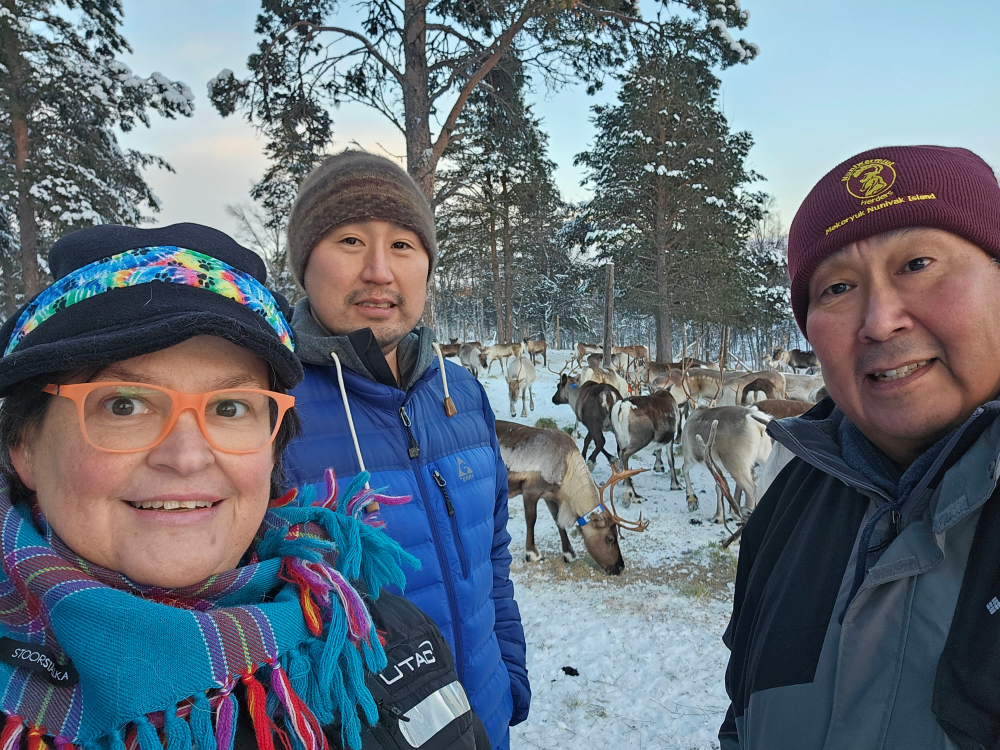
Jackie Hrabok, UAF's Northwest Campus assistant professor of High Latitude Range Management, hosted and led an international cultural exchange for the Alaska Reindeer Directors. Delegates were from Mekoryuk on Nunivak Island, the Kawerak Reindeer Herders Association and the Kawerak Environmental Department.


